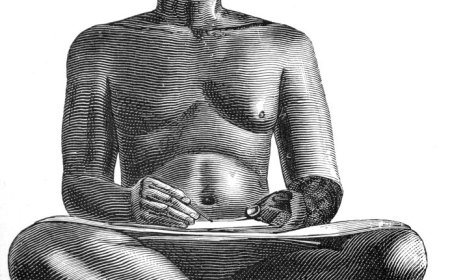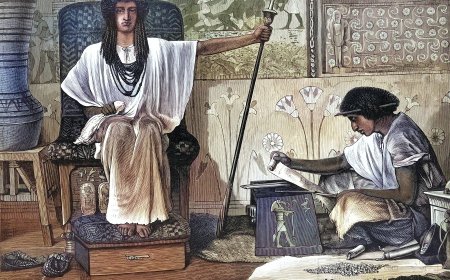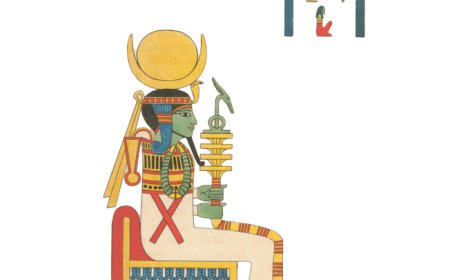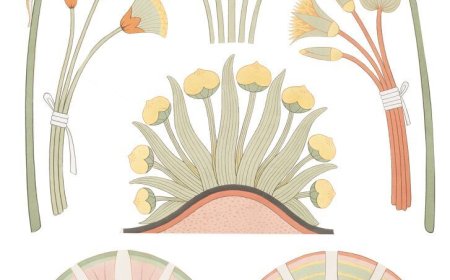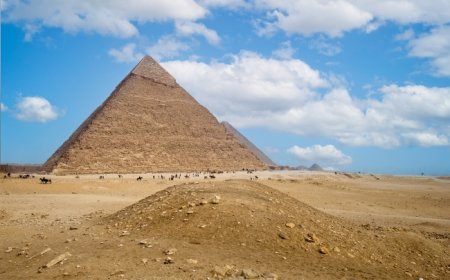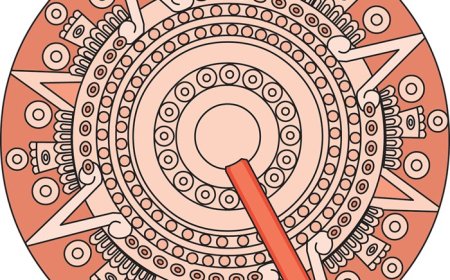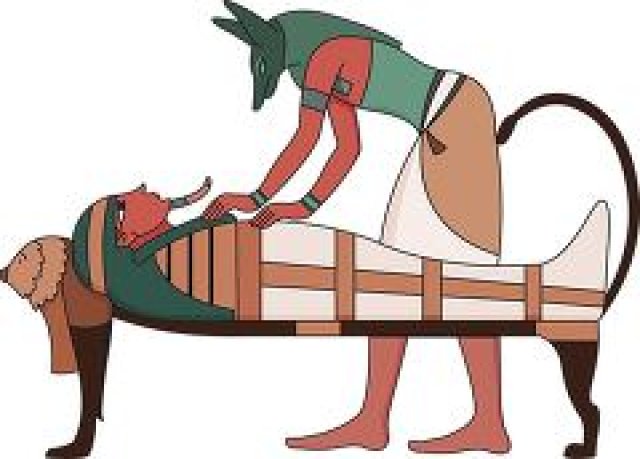Mummification in Ancient Egypt Preserving the Dead
Learn how mummification preserved bodies in Ancient Egypt for the afterlife using special rituals wrapping and tombs to prepare the dead for eternal life
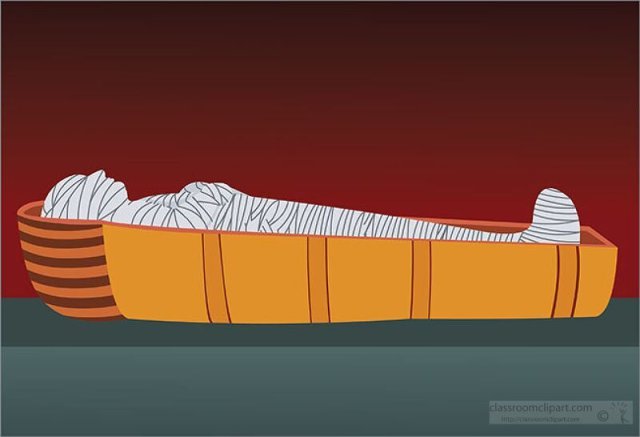
🌟 Introduction
Mummification was one of the most important practices in Ancient Egypt. Egyptians believed that life continued after death, but only if the body was preserved. To prepare for the afterlife, priests carefully treated the dead using a process that could take up to 70 days. They removed organs, dried the body with salt, and wrapped it in layers of linen. Mummification was not only a religious ritual but also a symbol of respect, showing the importance Egyptians placed on preparing for eternal life.
🔍 What was Mummification in Ancient Egypt?
Mummification was the process of preserving the body after death. The word "mummy" comes from a Persian word meaning "bitumen," a dark substance that reminded early people of the appearance of preserved bodies. Egyptians believed the spirit needed a well-kept body to live forever. Priests performed the ritual using special oils, resins, and linen wrappings to keep the body intact for thousands of years.
🌍 Why was Mummification Important in Ancient Egypt?
Mummification was important because it was closely connected to Egyptian religion. Egyptians believed the body was the home of the soul, called the "ka." If the body was damaged, the spirit could not live in the afterlife. Pharaohs, nobles, and even animals were mummified to honor the gods and ensure eternal life. Without mummification, the great tombs of Egypt would not have held such well-preserved treasures for historians to study today.
🧪 Mummification in Daily Life
Mummification influenced daily life because it involved entire communities. Priests specialized in embalming carried out the rituals. Craftsmen made coffins, masks, and canopic jars for organs. Families prepared offerings and prayers for their loved ones. Even ordinary Egyptians believed that their bodies would one day need to be preserved, so burial traditions were a constant reminder of the afterlife.
📜 Famous Mummies of Ancient Egypt
-
Tutankhamun (King Tut): His nearly intact tomb, discovered in 1922, revealed treasures and his golden burial mask.
-
Ramses II: Known as Ramses the Great, his mummy shows signs of arthritis and battle injuries, giving historians a glimpse into his life.
-
Seti I: His mummy is one of the best preserved, showing fine details of the embalming process.
-
Animals: Cats, crocodiles, and even baboons were mummified as offerings to the gods.
-
Cleopatra (Missing): Though never found, her rumored tomb remains one of Egypt's greatest mysteries.
✨ Fun Facts
-
The process of mummification could last about 70 days.
-
Mummies were wrapped in as many as 20 layers of linen.
-
Egyptians placed amulets between wrappings to protect the dead.
📌 Key Takeaways
-
Mummification preserved bodies so the soul could live forever.
-
It was a religious ritual performed by priests.
-
Famous mummies give us important clues about Ancient Egypt.
🐾 Kid-Friendly Summary
Mummification was how Egyptians prepared people for the afterlife. Priests dried and wrapped the body so the spirit could live forever. Pharaohs like King Tut were turned into mummies and placed in decorated tombs filled with treasures.
📚 Vocabulary Words
-
Mummification: The process of preserving a body after death.
-
Canopic Jars: Containers used to store organs removed during mummification.
-
Embalming: Treating the body with oils and resins to prevent decay.
-
Ka: The spirit or life force that Egyptians believed lived after death.
Interactive Quiz: Mummification in Ancient Egypt
-
Why did Egyptians mummify bodies?
A) To decorate tombs
B) To honor the gods
C) To prepare for the afterlife
D) To scare enemies -
How long could mummification take?
A) 7 days
B) 70 days
C) 100 days
D) 3 days -
Which pharaoh’s mummy was found in 1922?
A) Ramses II
B) Cleopatra
C) Tutankhamun
D) Seti I


















































